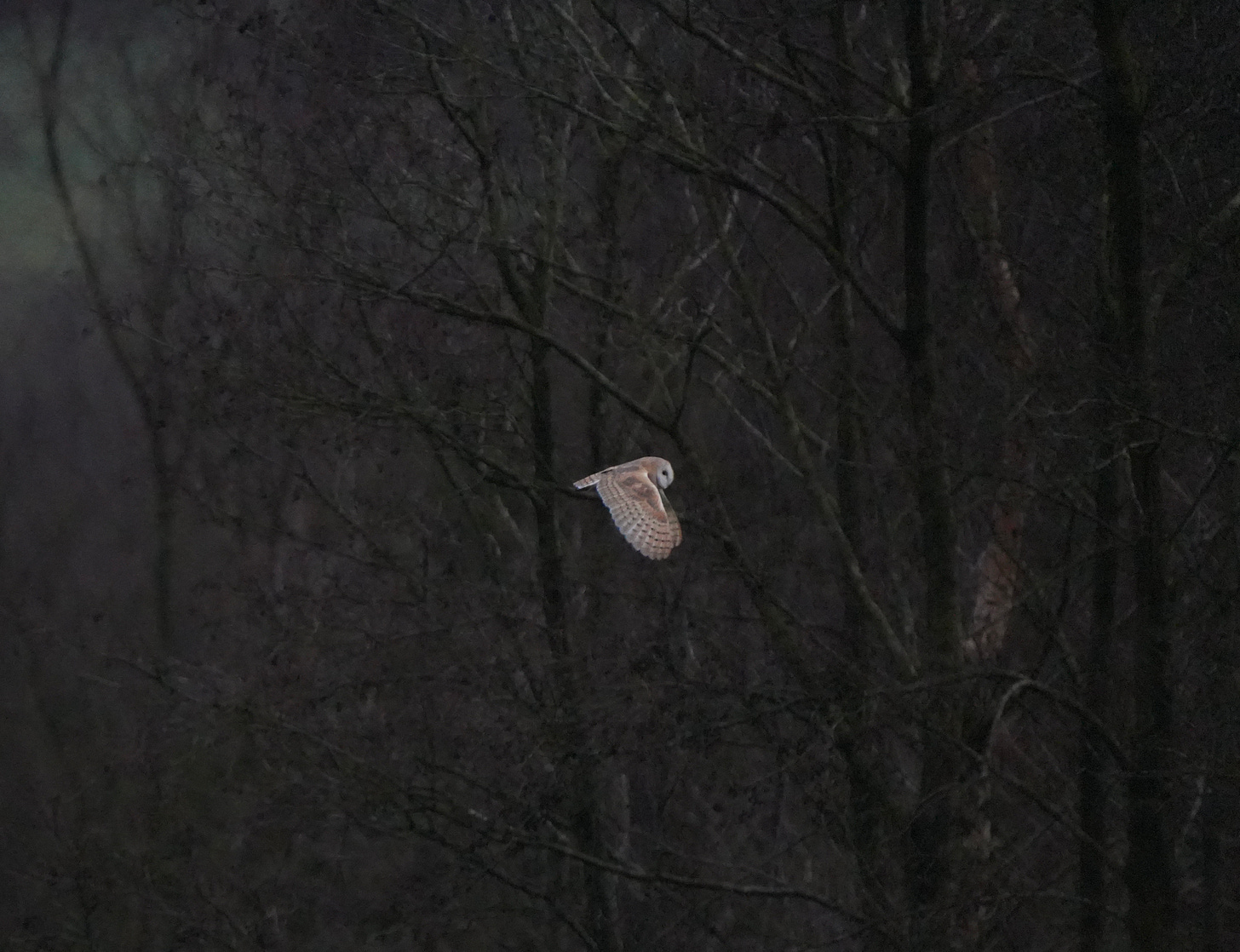Ethereal being. Grace and wonder. Soaring over frozen grass at dusk, quieter than silence, weaving your invisible trail of absorbed sound.
Tyto alba, the barn owl. Tyto means owl, alba means white.
Of all the owls that call the United Kingdom home, the pale brown and white barn owl is both magical and the easiest to spot. Especially in leaden winter when its size and colour contrast against its surroundings at dawn and dusk.
With plant life at its lowest height of the year in winter, and food scarce, barn owls can be spotted with ease around any farmland up and down the country at this time. Although predominantly crepuscular, which means active at dawn and dusk, I’ve seen barn owls in the north and south hunting as much in the day, at anytime of year.
True to their name, barn owls roost in barns and derelict buildings, nesting in them in spring and summer. Forming pairs that look after a brood of up to 4 - 6 owlets.
Barn owls are predators, hunting other animals for food. According to the Barn Owl Trust, their diet is predominantly made up of field voles, common shrews, wood mice and rats.
Their big eyes give them good eyesight in low light but it’s their hearing that is their strongest sense and what they use to find and target their prey. Barn owl ears are at different levels on either side of their head, allowing them to more accurately locate the position of a sound. They fly low around grassland listening, before hovering to pinpoint where the sound is coming from and then pouncing.
According to the RSPB, a barn owl’s body is about 33 - 39cm, its wingspan 80 - 90cm. A large bird because of those beautiful wings but if you look at them in flight, they are mostly head and no body. A wedge of feathers.
Search for barn owl skeleton online, and you’ll also find they are all feather, with a deceptively long hidden neck used for looking around and down in flight.
Their sound, when they make one, is a rasping screech, heard occasionally at night when perched in woodland. It’s a haunting noise as unique as their look.
If you’d like to spot a barn owl, take a look at RSPB and Wildlife Trust nature reserves near you. Or simply take a walk in your nearest farmland. I’ve seen the most barn owls around working and derelict farms in North Yorkshire, the midlands and around the south, such as Kent, Sussex and Surrey.






Happy 2025 to you too!
Beautiful article thank you.